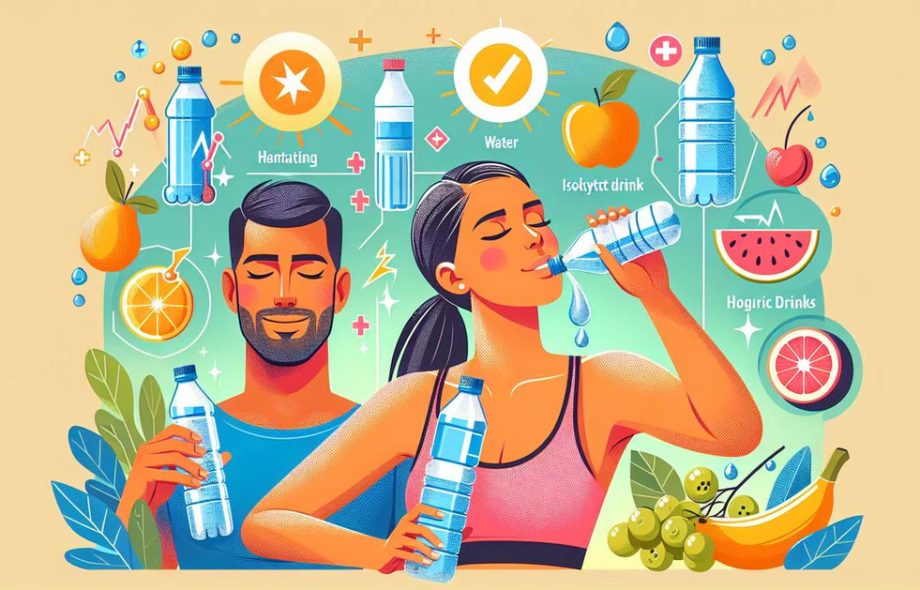Maintaining optimal fluid levels is paramount for a healthy and well-functioning body. Water, the primary component of our bodily fluids, plays a critical role in everything from nutrient transport and waste removal to temperature regulation and joint lubrication. When our fluid balance is off, we can experience fatigue, headaches, digestive issues, and even more serious health complications. Fortunately, there are several simple yet effective strategies we can adopt to improve and maintain healthy fluid levels within our bodies.
The Cornerstone: Hydration Through Drinking
The most direct way to improve fluids in the body is by consciously increasing our intake of hydrating beverages. While the “eight glasses a day” rule is a common guideline, individual needs can vary based on factors like activity level, climate, and overall health. Pay attention to your thirst cues and aim for a consistent intake throughout the day.
- Water is King: Plain water is the gold standard for hydration. Keep a water bottle with you and sip on it regularly.
- Infuse for Flavor: If plain water feels monotonous, try infusing it with natural flavors like slices of lemon, lime, cucumber, berries, or mint.
- Herbal Teas:Unsweetened herbal teas can contribute to your daily fluid intake and offer additional benefits depending on the variety.
- Diluted Juices: While fruit juices contain fluids, they can also be high in sugar. Diluting them with water can be a healthier option.
- Broth and Soups: Clear broths and soups are excellent sources of fluids and electrolytes.
Beyond Beverages: Hydrating Through Food
Did you know that many fruits and vegetables have a high water content and can contribute significantly to your overall fluid intake? Incorporating these into your diet is a delicious and nutritious way to stay hydrated:
- Water-Rich Produce: Watermelon, cucumbers, strawberries, celery, lettuce, tomatoes, and spinach are all excellent choices.
- Soups and Stews: As mentioned earlier, the liquid base of soups and stews contributes to hydration.
- Yogurt and Smoothies: These can be hydrating, especially when made with fruits and vegetables.
Listen to Your Body’s Signals
Our bodies are usually quite good at signaling when we need fluids. Pay attention to these cues:
- Thirst: This is the most obvious sign of dehydration. Don’t wait until you feel parched to drink
- Urine Color: Pale yellow urine generally indicates good hydration, while dark yellow suggests you need more fluids.
- Frequency of Urination: While individual patterns vary, a noticeable decrease in urination frequency can be a sign of dehydration.
Gentle Movement and Circulation
While drinking and eating are key, the movement of fluids within our body is also crucial. Gentle exercise and regular movement help to promote healthy circulation, ensuring that fluids are distributed effectively to tissues and organs.
Interestingly, the gentle strokes of lymphatic massage can further support the movement of fluids within the lymphatic system, which plays a vital role in waste removal and immune function. Furthermore, incorporating turmeric gold, a supplement often containing curcumin known for its anti-inflammatory properties, may indirectly support overall fluid balance by helping to reduce inflammation that can sometimes contribute to fluid retention.
Limit Dehydrating Substances
Certain substances can have a diuretic effect, causing your body to lose more fluids. Be mindful of your intake of:
- Caffeine: Found in coffee, tea, and some sodas.
- Alcohol: Can lead to dehydration.
- Excessive Salt: Can cause the body to retain water.
Conclusion
Improving fluid levels in the body is a fundamental aspect of maintaining good health. By consciously increasing our intake of hydrating beverages and water-rich foods, listening to our body’s cues, engaging in gentle movement, and being mindful of dehydrating substances, we can support optimal fluid balance and overall well-being.
 :
https://in.pinterest.com/olivedsmith/
:
https://in.pinterest.com/olivedsmith/

